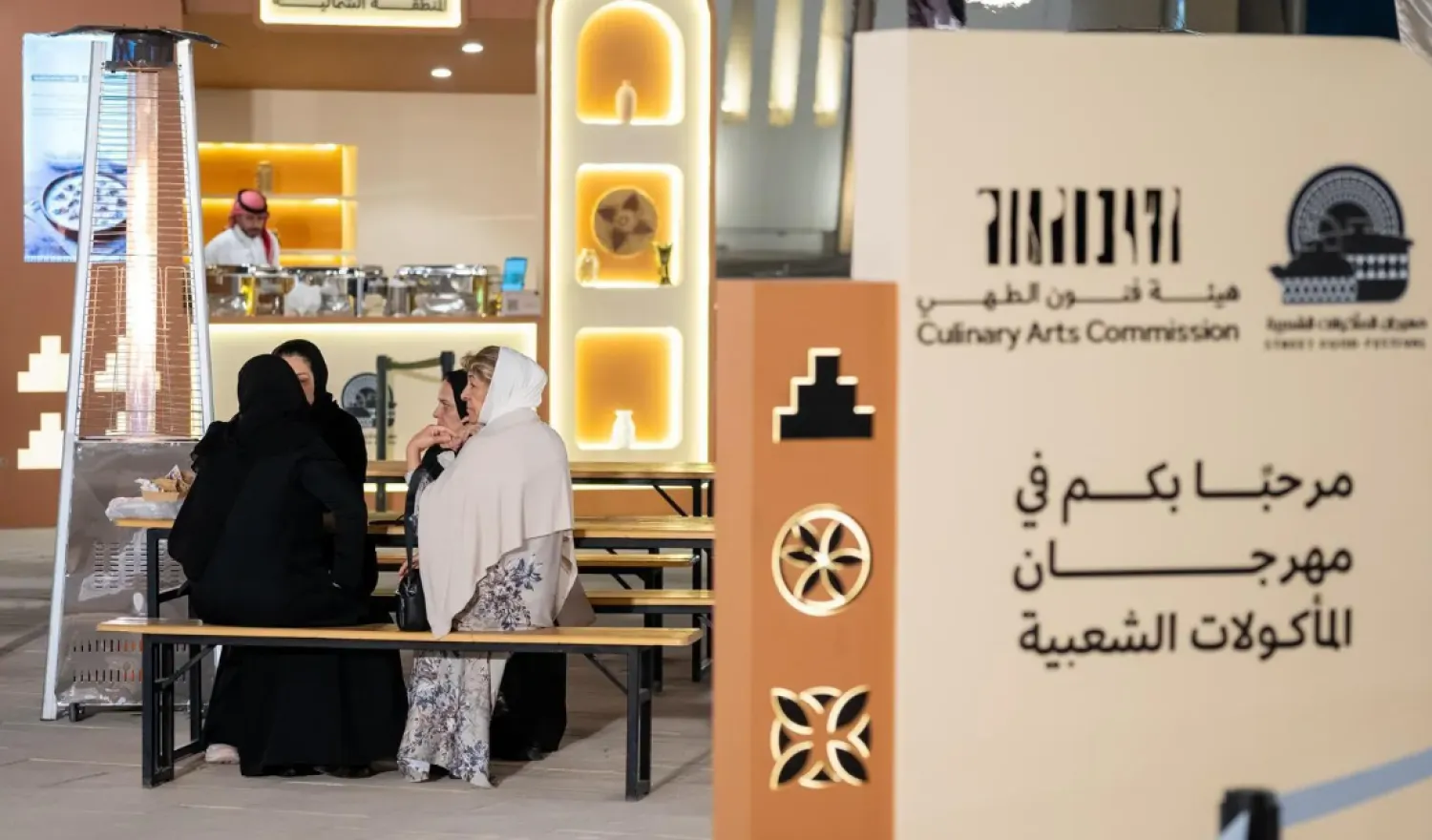With the Davos meetings coming to an end, the scent of Arabic coffee and popular Saudi food still lingers there.
The MiSK Foundation serves hot drinks and local food to the attendees at the most prominent event and forum in the world, to showcase Saudi Arabia’s culture of generosity and hospitality.
The Foundation succeeded in collaborating with the Saudi Commission for Tourism and National Heritage in designing a cafe adjacent to where the event is taking place, close to the most significant leaders, officials, ministers and leaders of the private sector in the world, making it a headquarters for spreading a culture of generosity and hospitality with a variety of drinks, at the front of which was the pure saffron-flavored Arabic coffee to support the spread of Saudi culture and enhance national tourism.
The elegant cafe has the logo of a Saudi woman carrying bouquets of flower and basil against a green background designed by Saudi youth. The woman is actually taken from a real photograph captured by the photographer Mohammad al-Jaribi and was designed by designer Mariam Bawazir at a time where hundreds of visitors attracted by the fragrance of Arabic coffee and the scent of popular food is prepared fresh every morning.
According to one of the cafe supervisors, Sarah al-Khadiri, the point of these efforts is to introduce part of Saudi civilization and culture, and its exquisite taste in hospitality through hot local drinks such as Arabic coffee and tea, prepared every day at 7 am during the forum.
She says the ingredients are all Saudi and food is prepared by a Saudi chef.
Expert designers have designed the cups, inspired by Saudi heritage. Screens also display high-quality tourist films produced by creative Saudis, against a background of popular music that adds to the local Saudi feel.
The cafe is attended by prominent ministers, high-ranking officials and CEOs of well-known international companies visibly impressed by how professional the presentation of the cuisine is, expressing their admiration and astonishment with the quality of the experience.
Khadiri points out how proud she is working on the marketing of national heritage and enhancing local tourism in the Kingdom.









